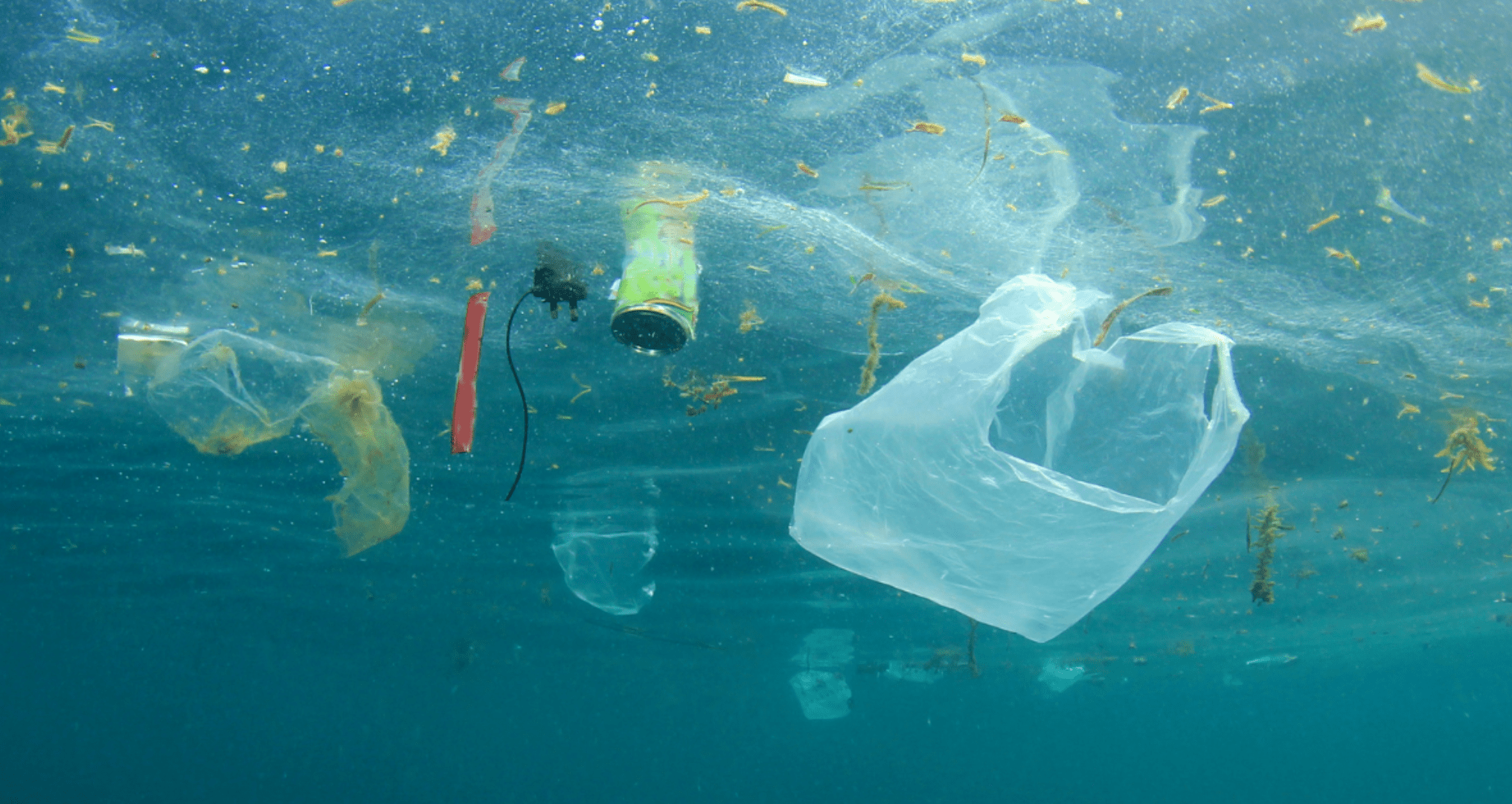Do you ever find yourself watching shows or documentaries about the ocean, in awe and admiration of its majestic beauty? But have you ever stopped to think about what is actually hidden beneath the surface? From coral reefs to shipwrecks, there are myriad wonders that lie below the surfaces. And sadly, an alarming amount of plastic pollution.
Our oceans act as a dumping ground for plastic waste from all over the world. In fact, eight million tons of plastic get dumped every year! That’s why Bottleless Nation is on a mission to change this and it starts by exploring how this devastating problem has evolved and looking at seven ways that our discarded plastics are entering our precious oceans.
How Has Plastic Pollution Affected Marine Life?
It’s no secret that plastic has become an integral part of our lives. We rely on its convenience and low cost to get us through day-to-day tasks. Unfortunately, this everyday convenience has a dark side – it’s become one of the biggest contributors to pollution in our oceans.
According to the United Nations, more than 8 million tons of plastic end up in the ocean every year due to improper disposal practices from landfills and coastal littering. Marine life has been badly affected by this influx of plastic waste. From strangling sea turtles to killing whales and affecting the food chain – this environmental hazard is wreaking havoc on our oceans’ ecosystems.
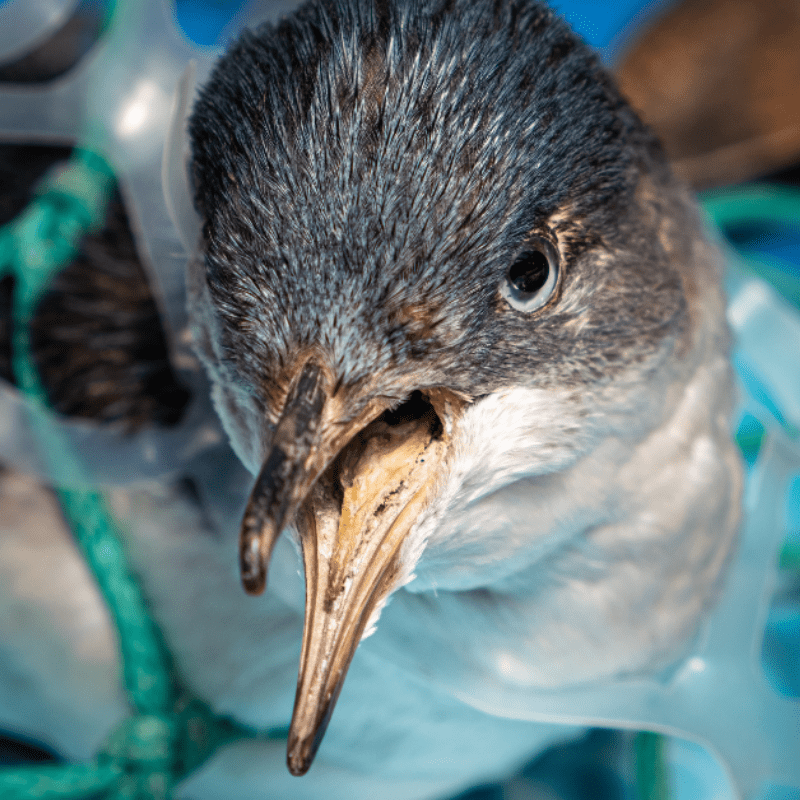
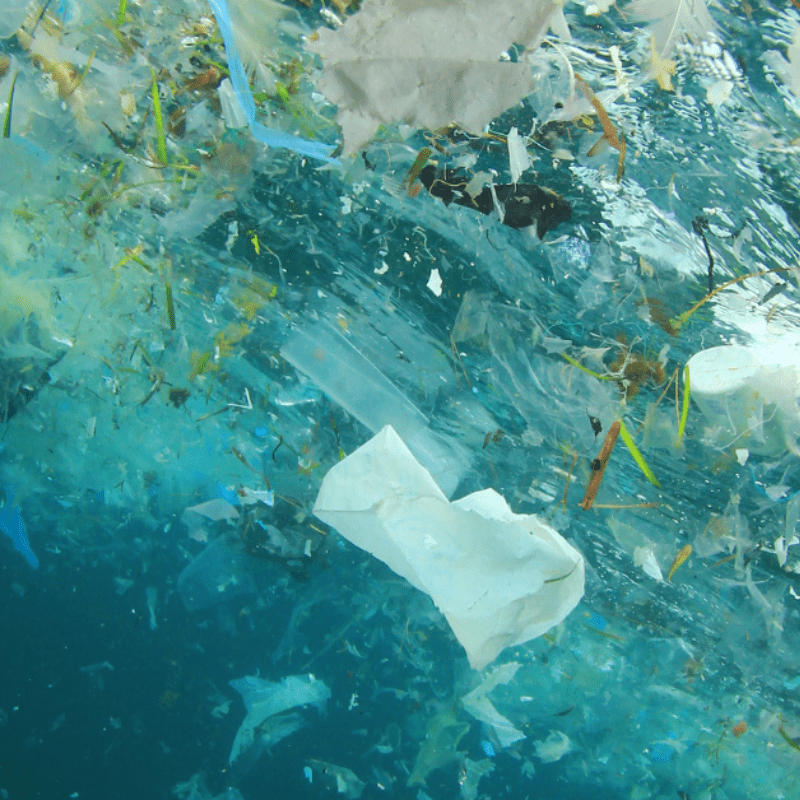
While there are steps being taken to reduce plastic consumption, it is imperative for all of us to be aware of how plastic can enter our aquatic ecosystems if left unchecked.
Where Does The Plastic In Our Oceans Come From?
Even with heightened awareness about the dangers of plastic ending up in our oceans, it still lurks around every corner; from single-use products to packaging, it’s hard to escape its presence – or its potential effects on our environment.
But how exactly does plastic make its way into our oceans?
Here are seven common ways plastic pollution is entering our oceans:
1. Single-Use Plastic
Single-use plastics are items that are intended to be used only once before they’re thrown away. These include things like plastic bags, straws, cups, and cutlery. Even though plastic items have a long lifespan as far as materials go, these unnecessary single-use plastics often have a very short life span, and when not properly recycled or disposed of, they can end up in our oceans.
2. Abandoned, Lost, or Discarded Fishing Gear
Fishing nets and other gear can be discarded or lost in the ocean and continue to entangle and trap marine life for years. This type of plastic pollution is especially harmful because it can take hundreds of years to fully degrade, meaning that even after the net is gone, its toxins still remain in the water.
3. Littering on Beaches
Beaches are the perfect place to take in some of nature’s beauty, but unfortunately, they can also be a hot spot for plastic waste. From beachgoers leaving behind trash and cigarette butts to businesses dumping their waste, the debris accumulates and quickly finds its way into our oceans.
4. Sewage Overflow
Sewage overflow can be caused by a number of things, from heavy rainfall to clogged sewers. This is one of the most difficult forms of ocean plastic pollution to control, as it’s completely unpredictable and often goes undetected until it’s too late. The runoff from this wastewater contains plastic particles, which are then swept out to sea and cause further damage to the already fragile marine ecosystem.
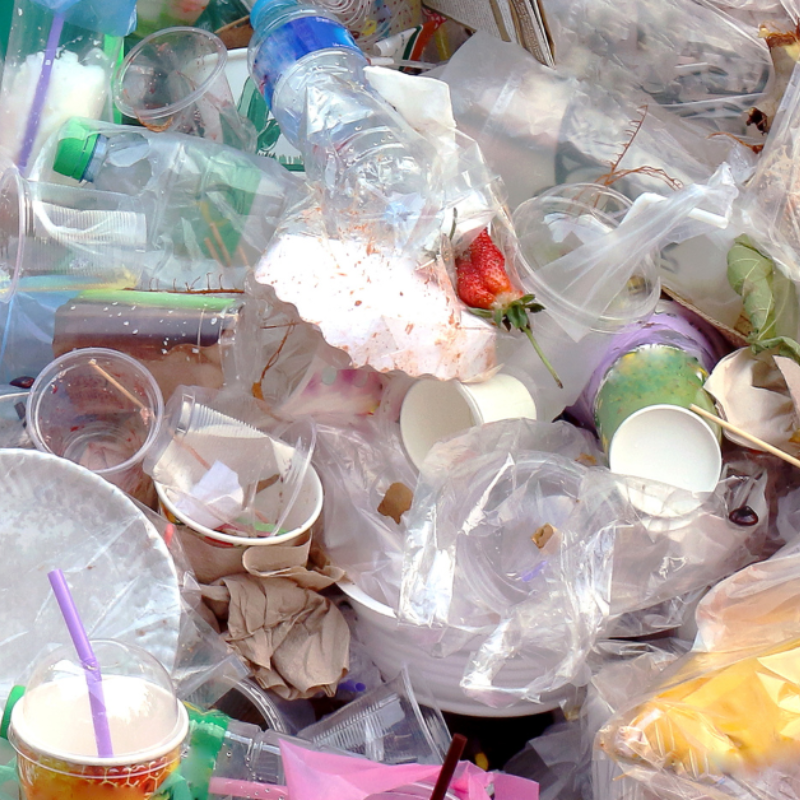
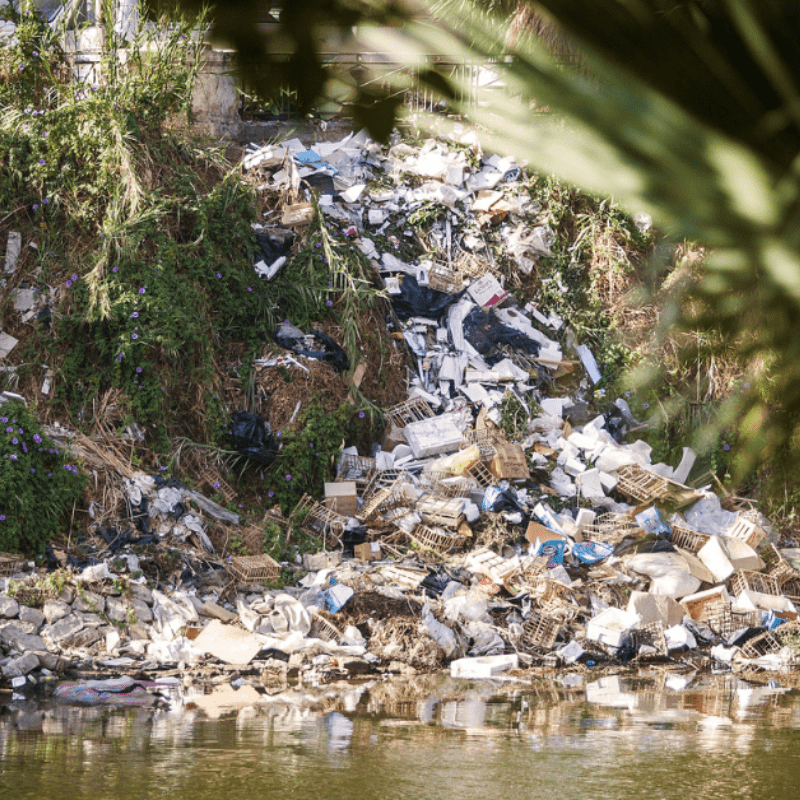
5. Illegal Dumping in Waterways
Illegal dumping is a significant problem, and it’s one that can have serious consequences on our environment. When people carelessly dispose of their plastic waste in rivers or lakes, it often ends up washing ashore or making its way out to sea. This contributes an additional amount of plastic pollution that can make its way to our oceans.
6. Ship and Boat Traffic
Although boats and ships don’t directly dump their waste into the ocean, they are one of the major contributors to marine plastic debris. Any accidental spills or leakage from these vessels could result in a large amount of plastic materials entering our waters, further exacerbating the complex issue.
7. Microbeads
Microplastics are tiny pieces of plastic, often smaller than 5 millimeters in diameter. This includes things like microbeads which are found in a variety of consumer products such as face wash and toothpaste. These microplastics can make their way into our waterways through wastewater runoff or sewage overflows, where they can then be ingested by fish and other marine life and wreak havoc on the delicate ecosystem.
What Can We Do To Help Reduce Plastic Pollution In The Oceans?
The best way to prevent plastic pollution from entering the oceans is by reducing our dependence on single-use plastics. This means shifting to more sustainable alternatives like reusable bags, water bottles, coffee cups, and straws. We can also support companies that are creating eco-friendly packaging solutions.
In addition to reducing our own plastic consumption, we need to take steps to clean up the oceans. Participating in beach cleanups is a great way to help remove existing plastic waste, and many organizations such as The Ocean Cleanup and 5 Gyres are leading the charge in reducing our plastic footprint.
The truth is, it’s up to us to take action if we want to see real change in our marine environments. So let’s join forces and do what we can to keep plastics out of our oceans! Together, we can make a difference.
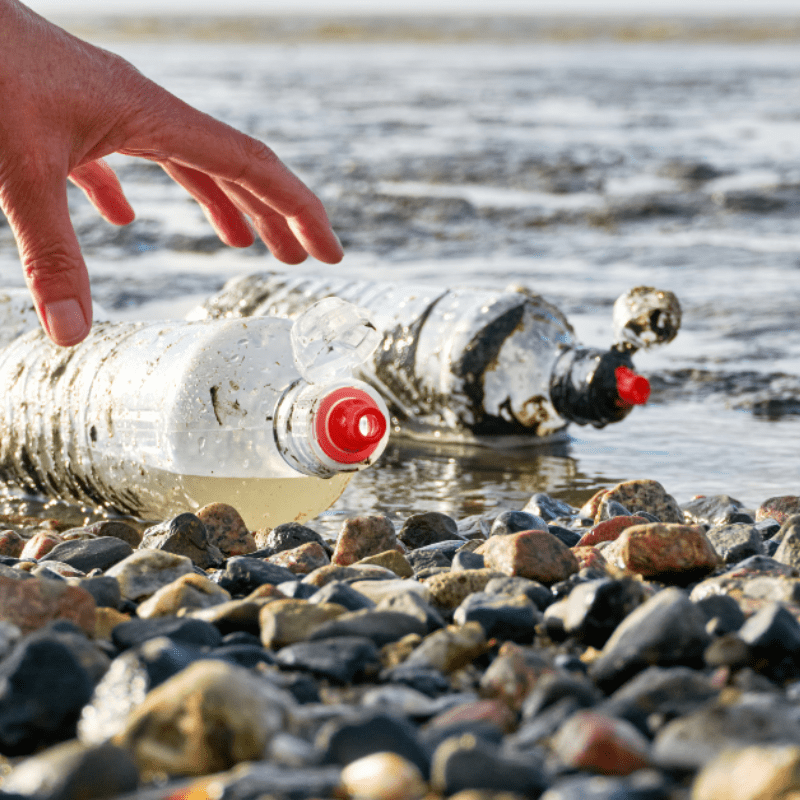
Help Prevent Plastic Entering Our Oceans With Bottleless Nation
Now that you know about the ways plastic is entering our oceans, it’s up to you to take urgent action and make a change. Every small step counts – so what will you do today? There are countless ways to contribute to the fight against plastic pollution in our oceans, whether it’s by switching to reusable bags while grocery shopping or picking up trash from your local beach. Every effort helps in finding solutions to this critical issue.his critical issue.
At Bottleless Nation, we are committed to helping people ditch their plastic and choose more sustainable alternatives. We work with bottleless water and ice dealers across the country, providing easy access to clean, safe drinking water without the need for single-use plastic. This helps reduce waste while also supporting local businesses – it’s a win-win!
We are passionate about preserving our planet, and we believe that with the right tools, we can all play a part in protecting our oceans. Together, let’s make a difference! Visit our website or follow us on social media to learn more about how you can join the Bottleless revolution.

